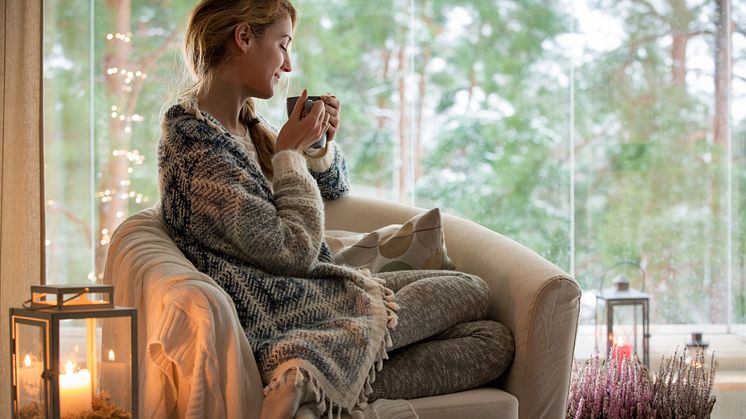
Blog post -
The thousand gases of our everyday life
Have you ever heard of VOCs? If not, VOCs is short for Volatile Organic Compounds or to put it more simply, carbon-based chemicals that are emitted as gases from solids or liquids. There are thousands of different gases produced and used in our everyday life and concentrations of many VOCs are consistently higher indoors (up to ten times higher) than outdoors. As a matter of fact, offensive odours, smoke, carpet off-gassing and other Volatile Organic Compounds have just as much or more impact on human comfort, productivity and health as temperature, humidity and CO2 levels.
Where do VOCs come from?
They can be found in many things in our homes, at work, at school etc. For example, cleaning products, paint, perfume and printer ink. But also, air freshener, and other products that we use to remove bad odours or to make the air smell good. They can come from furniture, carpets and various building materials too. Once these chemicals are in our indoor spaces, they are released or “off-gassed” into the indoor air we breathe.
Perhaps surprisingly, they can also be generated from day-to-day activities such as cooking, smoking and wood burning stoves. Some of the VOCs we can smell when the levels get high, while others are odourless. Depending on the type, quantity, and the duration of the VOC we inhale, the effects can be shown on our health.
A more detailed overview of typical VOCs and their sources:

Short- and long-term health effects
If exposed to VOCs, possible short-term symptoms and health effects may include headache, nausea, cough and dizziness as well as nose, throat and skin irritation. Some of the long-term symptoms of VOC exposure may be hidden as seemingly normal symptoms, such as an allergic skin reaction or leg cramps. Several studies suggest that prolonged exposure to VOCs may worsen symptoms for people who have asthma or are particularly sensitive to chemicals, but also young children and the elderly may be more susceptible to irritation and illness from VOCs. If you spend time in a new indoor environment and suddenly experience allergies, asthma or other respiratory diseases, it may be VOCs in the indoor environment that are causing the problems.
So, how can VOC levels be reduced?
One simple action is to remove or reduce the number of products that emit VOCs. Read product labels to make sure which products have no or little emissions. Potentially hazardous products often have warnings aimed at reducing exposure of the user. If products are used only occasionally or seasonally, only buy as much as you will use right away. Do not store opened containers of unused paints and similar materials indoors.
Increase ventilation when using products that emit VOCs. If you don’t have a ventilation system, be sure to open doors and windows as a temporary alternative to let the bad air out and get plenty of fresh air inside. Bear in mind that opening doors and windows has a negative influence on the energy consumption and a well-functioning ventilation system is more sustainable. Improving the flow of fresh air will make you feel more alert and give you a healthier indoor climate.
Sources:
https://www.health.state.mn.us/communities/environment/air/toxins/voc.htm
https://ecosenvironmental.com/indoor-air-quality-iaq/the-what-and-why-of-vocs-in-indoor-air/
https://www.epa.gov/indoor-air-quality-iaq/what-are-volatile-organic-compounds-vocs




